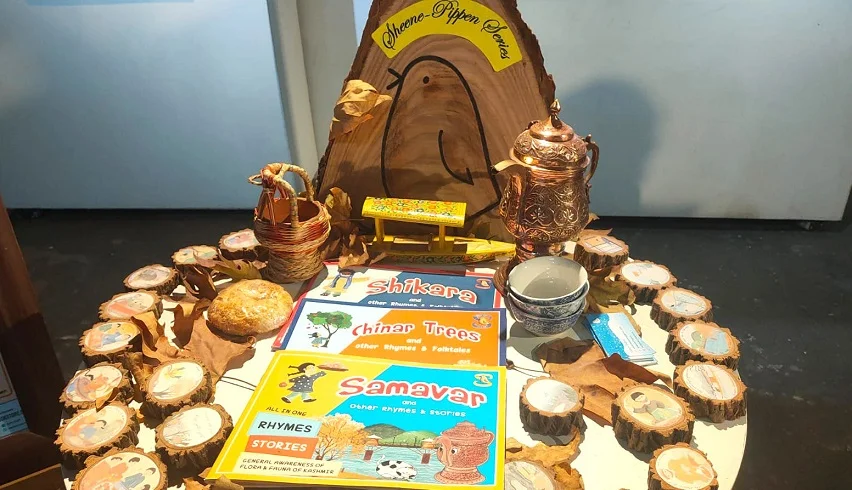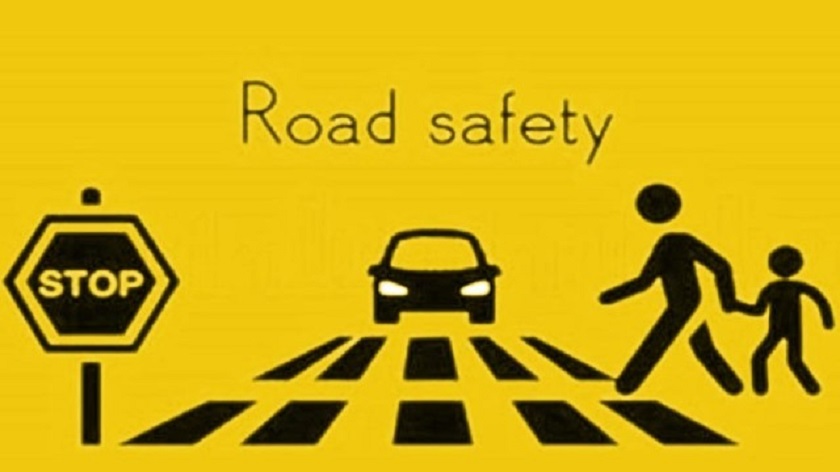
In Conversation with Grace Paljor
HOW many of our kids can relate to a white girl in a frock-dress and a pinafore?
Does it ever strike us that a child’s first encounter with representation can be alienating? Children’s books which have been canonised over generations have often been either western or monolithic in their representation of reality. This leads to a disjuncture in a child’s immediate surroundings and that which they see represented in books.
Even if books are tailored for a South Asian readership, it is still bound to be unrepresentative.All books come with their biases. This is especially true of Children’s books which often show the representation as a norm or an aspiration. They regurgitate existing stereotypes present in society under the pretext of representing what is widely held to be “true”. For instance, many children’s books show a dark-skinned woman to represent what is considered to be “ugly”. This reproduces existing biases in our society.
Why mustn’t children’s books cater to local sensibilities when they’re taught to impart elementary education? A child must recognise words that are used around, a picture that is true to what they witness in everyday life. A vocabulary that they can immediately apply. This can be achieved through an awareness of how symbolism, metaphors and words need to align rather than alienate.
In Kashmir, Children’s books that have been in wide circulation have participated in this mass culture trend of canonised children’s literature. However, some locals are now stepping up to address this issue creatively.
Grace Paljor is a child educator, poet and creative artist, who is currently the Principal of Saint Paul’s International Academy. She’s authored a compilation of Children’s books under the name “Sheene Pipin” published by KBD. Kashmir Observer got in touch with her regarding the intricacies of having localised children’s literature. Here are some takeaways from the conversation:

What inspired you to compile and write these Children’s books?
One of my first encounters with Kashmiri language and culture was through my grandmother. As a child, Sheene Pipin had mesmerised me. However, recently, upon finding that many Kashmiri children do not recognise these words, I knew we’d failed somewhere.
My purpose of setting out to endeavour for these books was to fill the gaps that available Children’s literature had kept. Children’s books available were not tailored to a Kashmiri child’s sensibilities. The books presented to children, geographies and cultures which were far removed from the Kashmiri context.
Do you think it is difficult for children to understand things that they do not find around themselves?
Our children are taught about trees like the Peepal tree and the Banyan tree which don’t exist in this part of our world. I think it is important for our children to learn about their environment and learn about trees like Chinar, willow and poplar.
This is basic pedagogy, to take a child from unfamiliar to familiar, but in our textbooks a poor Kashmiri child only learns the unfamiliar.
Why is it important for Children’s books to be as localised as possible?
There is an essence in contextualisation. For children, meaning making will only be possible if they can relate and contextualise what they’re taught.
Kashmir is very different from most parts of mainland India. The variation ranges from geography to culture as well as language. It makes little sense to teach children irrelevant information. For example, Kashmir has four distinct seasons but the many children’s textbooks include the monsoon season which is irrelevant to us.
There is a need for children to learn what they are already surrounded with and they can learn other things eventually.
Tell us about the books you have written and compiled?
I have written the Sheene Pippen series which comprises three books with children specific content. It contains poems, folktales and a dictionary of various categories. For instance, the books have a dedicated glossary of Kashmiri terms for relevant flora, fauna, animals, insects and even places.
We’ve also integrated Kashmiri words within the English content to present to Children a texture that they find familiar.
Was it easy to find publishers for your books?
I am thankful to Kashmir Book Depot (Ali Mohd & Sons) who saw the potential in it and agreed to publish it.
Initially, it was difficult for them to understand the motive behind this project. This wasn’t an unexpected response as this aspect is largely untapped in Kashmir. Children’s literature is an unexplored area in Kashmir. Even academicians haven’t ventured much into it or provided a decent impetus to inspire action in this direction.
Yes, J&K Board had tried to introduce some Kashmir tailored content but they’d merely scratched the surface.
What more needs to be done keeping in mind the lack of Kashmir specific content in Children’s books?
A lot needs to be done in this regard. I have done my small bit. We need to upgrade our curriculum and make Kashmir specific children’s literature a part of it. Academicians, writers, scholars and civil society need to mobilise people to generate Kashmiri children specific content. Schools should be at the forefront of such projects.
Kashmiri Rhymes from Yore
Hukus bukus teli wan cze kus
Onum batuk lodum deegi
Shwas khich khich waamano
Braman zaaran pooien chokum
Tykes tekkah bani kyoho
Hukus bukus teli wan cze kus
Mohobatuk lodum deegi
Shwaas khich khich waangnou
Bhraman zaaran pyoone chokum
Tekis tyekkah bani kyekho
——-
Bisht bisht braaryo khout kho wan
Toor kyoho woluth babri pan
Su kaman chokuth kootran
Kootar beethe maarkan
Zoon chei gindaan taarkan
Books to Cop
Okus Bokus Book – A to Z for Kashmiri Children by Ghazal Qadri and Onaiza Drabu
This book is an attempt to present the A-Z of being quintessentially Kashmiri. It tries to bring in as many elements of Kashmir’s culture, language, flora and fauna. It’s a 101 of a Kashmiri child’s foray into his own identity. Perfect for kids these days who are either based in Kashmir or elsewhere.

The Legend of Himal and Nagrai retold by Onaiza Drabu
Filled with serpent kings, long-lost lovers, magical birds and seductive witches, The Legend of Himal and Nagrai is an enchanting collection of folk tales from a land as beautiful as it is misunderstood—Kashmir.

Follow this link to join our WhatsApp group: Join Now
Be Part of Quality Journalism |
Quality journalism takes a lot of time, money and hard work to produce and despite all the hardships we still do it. Our reporters and editors are working overtime in Kashmir and beyond to cover what you care about, break big stories, and expose injustices that can change lives. Today more people are reading Kashmir Observer than ever, but only a handful are paying while advertising revenues are falling fast. |
| ACT NOW |
| MONTHLY | Rs 100 | |
| YEARLY | Rs 1000 | |
| LIFETIME | Rs 10000 | |










